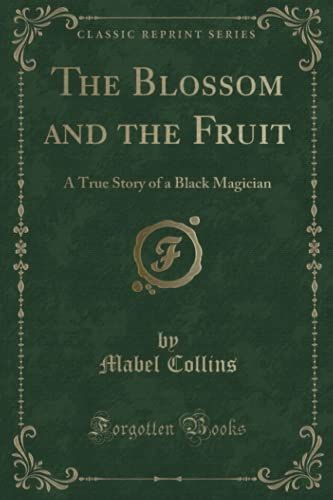
The Blossom and the Fruit A True Story of a Black Magician (Classic Reprint)
Excerpt from The Blossom and the Fruit: A True Story of a Black Magician And so she submitted to that which in her first youth would no more have been endured by her than the bit by the wild horse. The apricot blossom has fallen and fruit has followed it the leaves have fallen and the trees are bare. The sky is gray and wild above, the ground dank and soft with fallen leaves below. The aspect of the place has changed, but it is the same; the face and form of the woman have changed, but she is the same. She is alone again in the wild orchard, finding her way by instinct to the spot where her first lover died. She has found it. What is there? Some white bones that lie together; a skeleton. The woman's eyes fasten and feed on the Sight and grow large and ter rible. Horror at last is struck into her soul. This is all that is left of her young love, who died by her hand - white bones that lie in ghastly order! And the long hot days and sultry nights of her life have been given to a tyrant who has reaped no gladness and no satisfaction from her submission; for he has not learned yet even the difference between woman and woman. All alike are mere creatures like the wild things; creatures to hunt and to conquer. Dumbly in her dark heart strange questionings arise. She turns from this graveyard of her unquestioning time and goes back to her slavery. Through the years of her life she waits and wonders, looking blankly at the life around her. Will no answer come to her soul? About the Publisher Forgotten Books publishes hundreds of thousands of rare and classic books. Find more at www.forgottenbooks.com This book is a reproduction of an important historical work. Forgotten Books uses state-of-the-art technology to digitally reconstruct the work, preserving the original format whilst repairing imperfections present in the aged copy. In rare cases, an imperfection in the original, such as a blemish or missing page, may be replicated in our edition. We do, however, repair the vast majority of imperfections successfully; any imperfections that remain are intentionally left to preserve the state of such historical works.